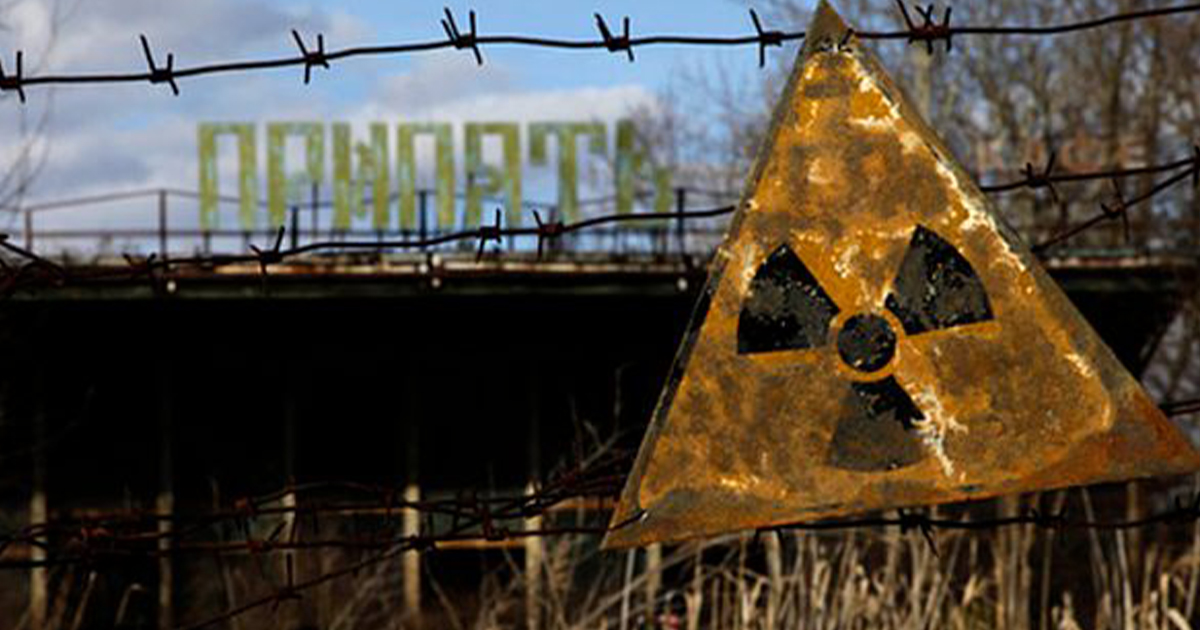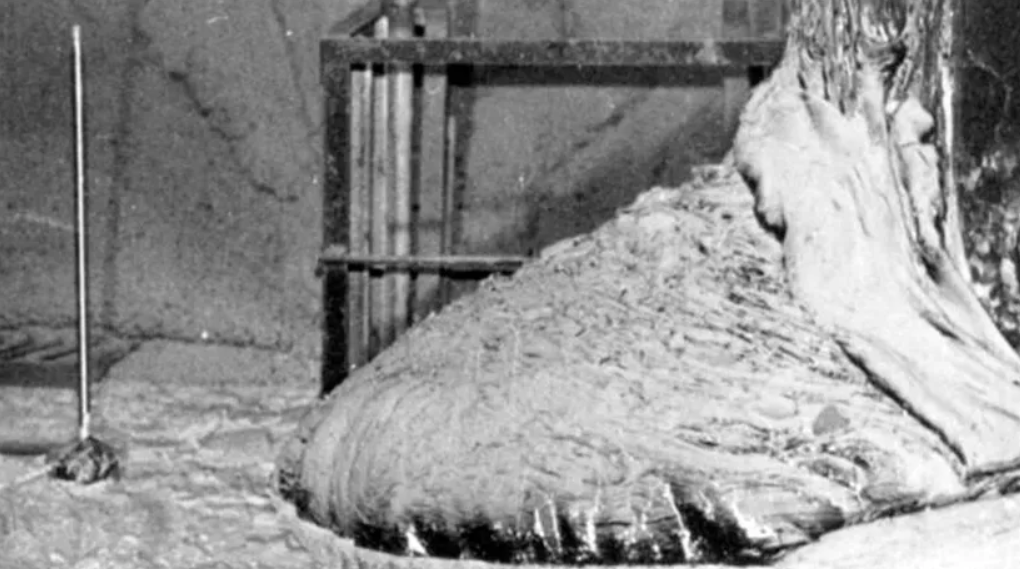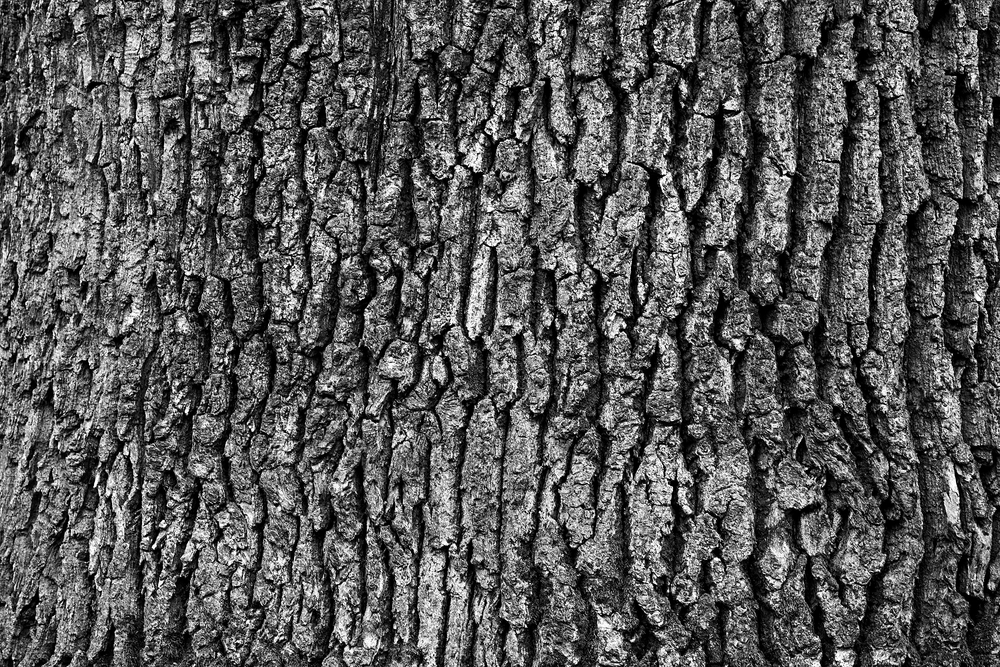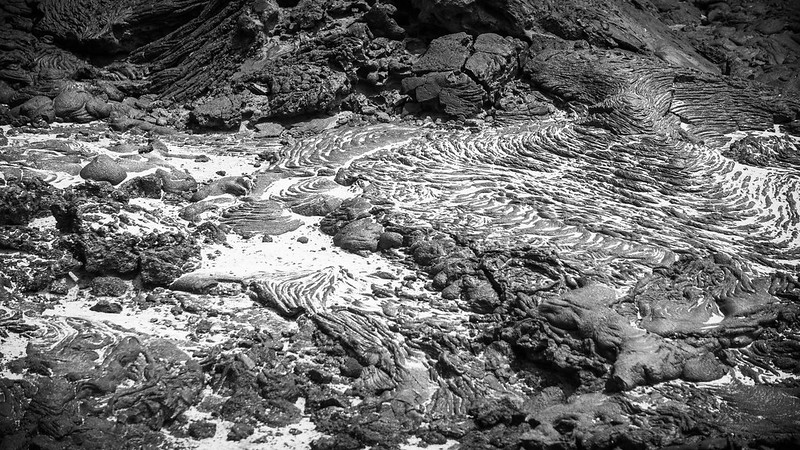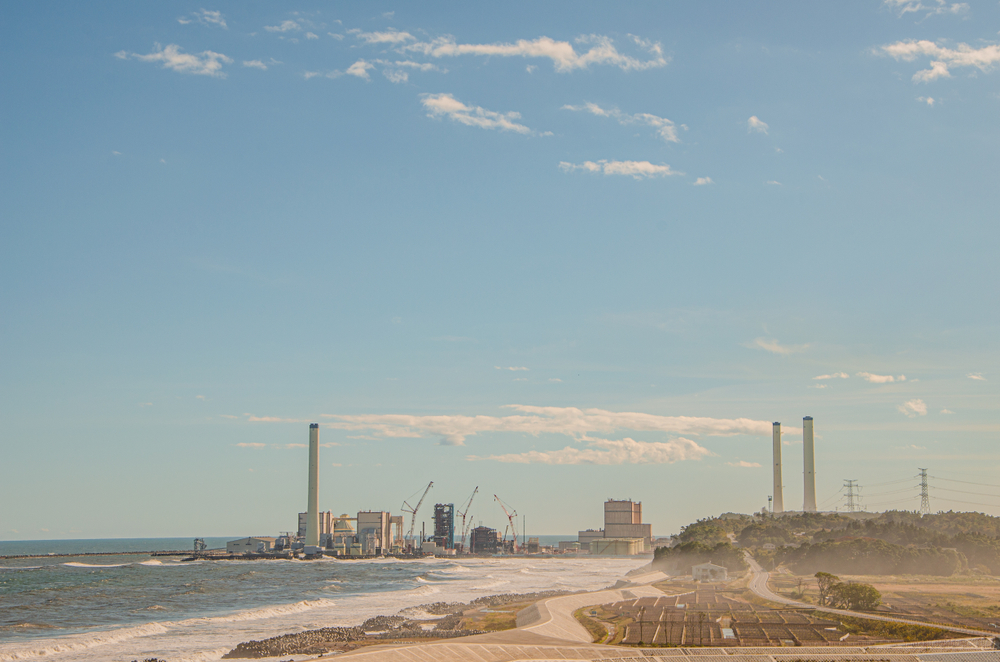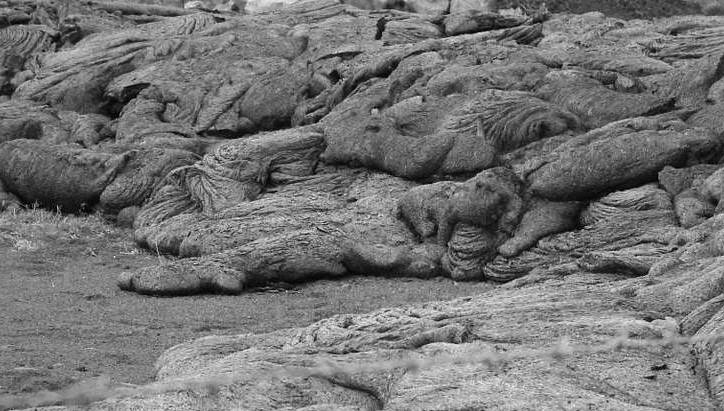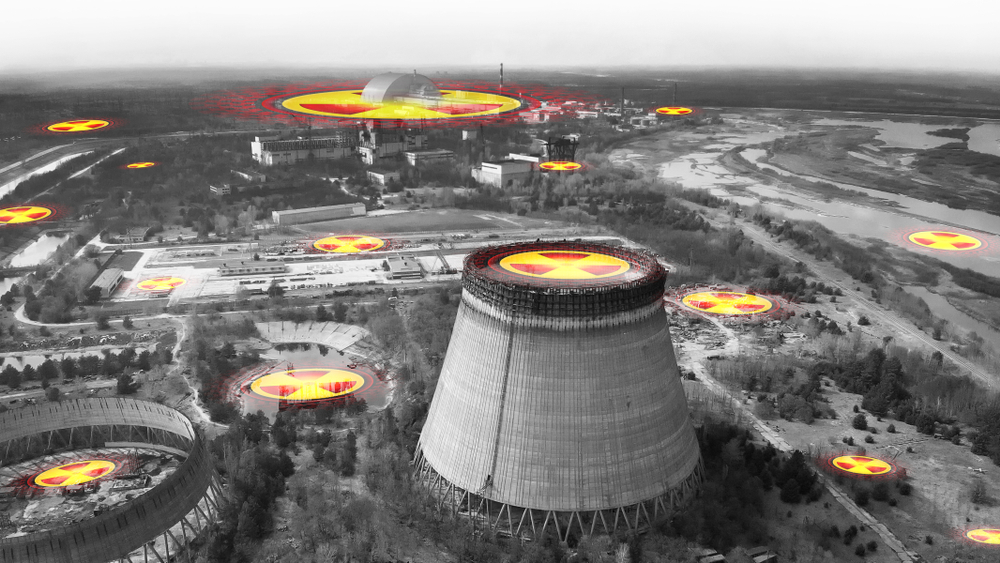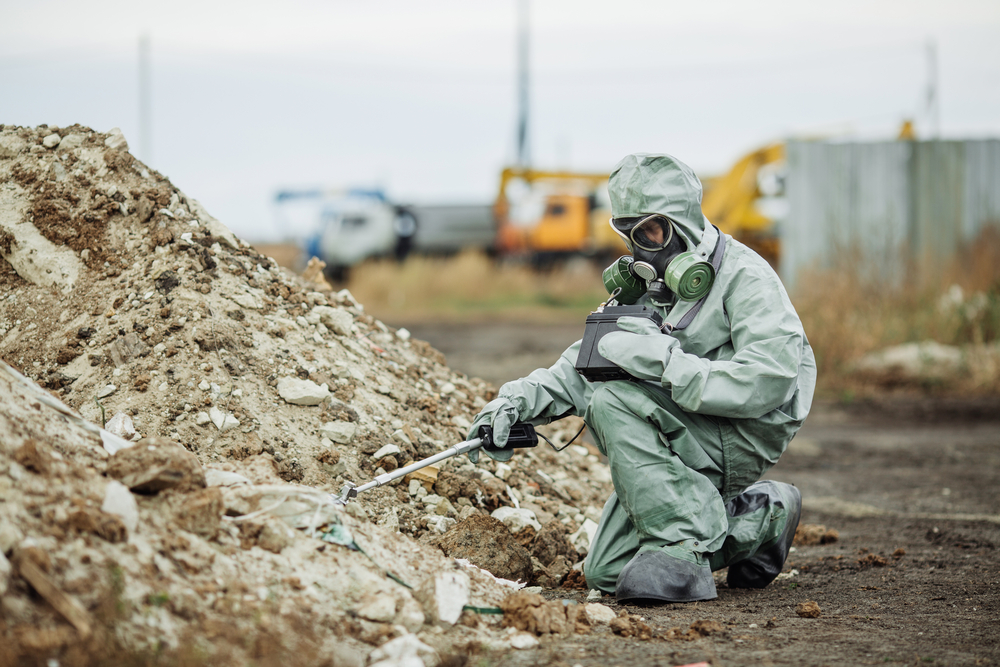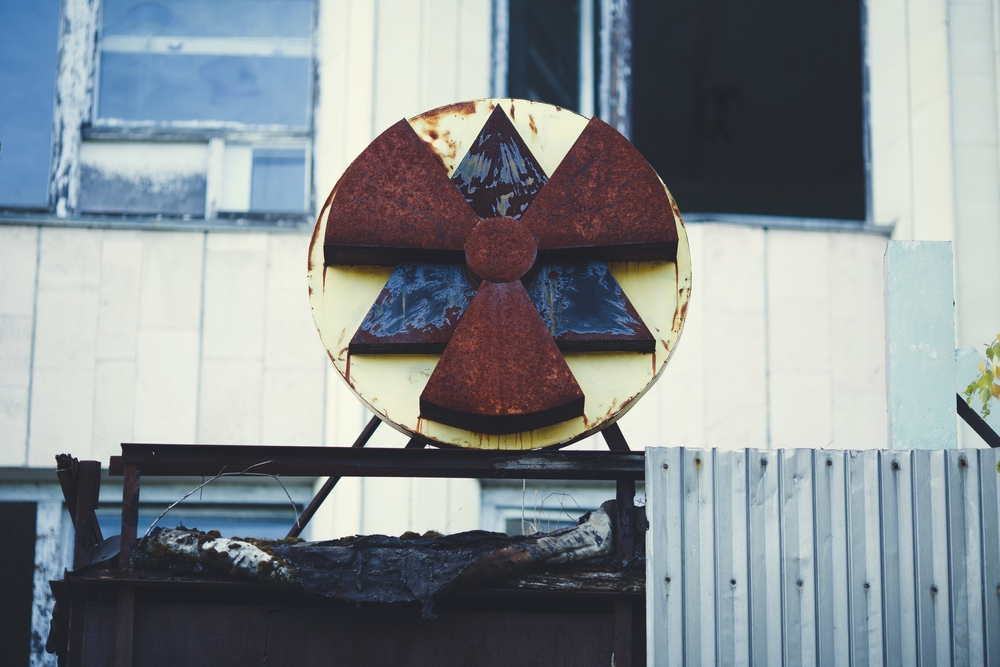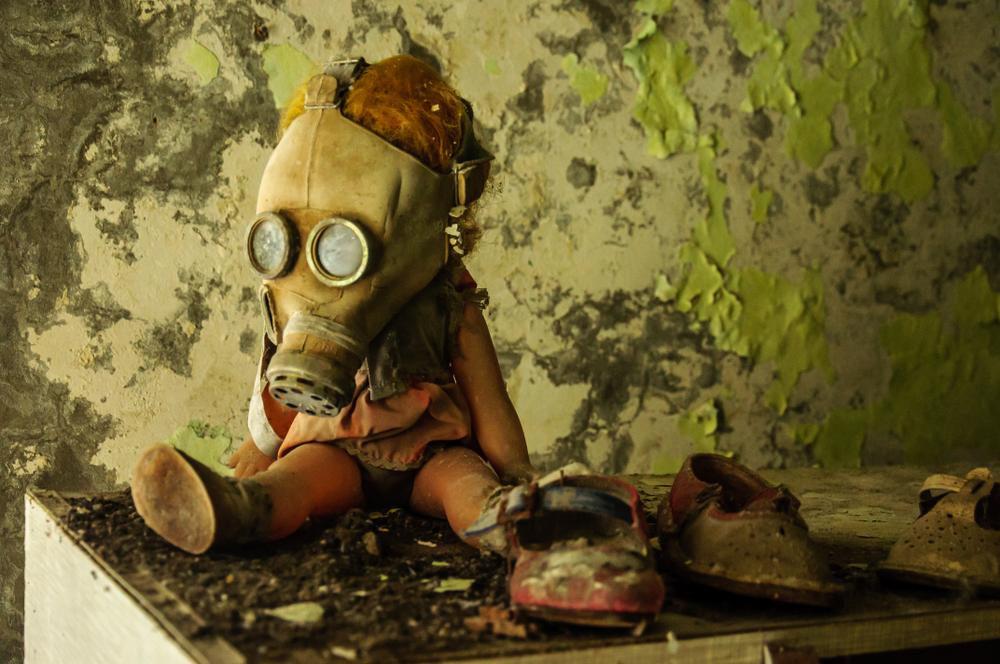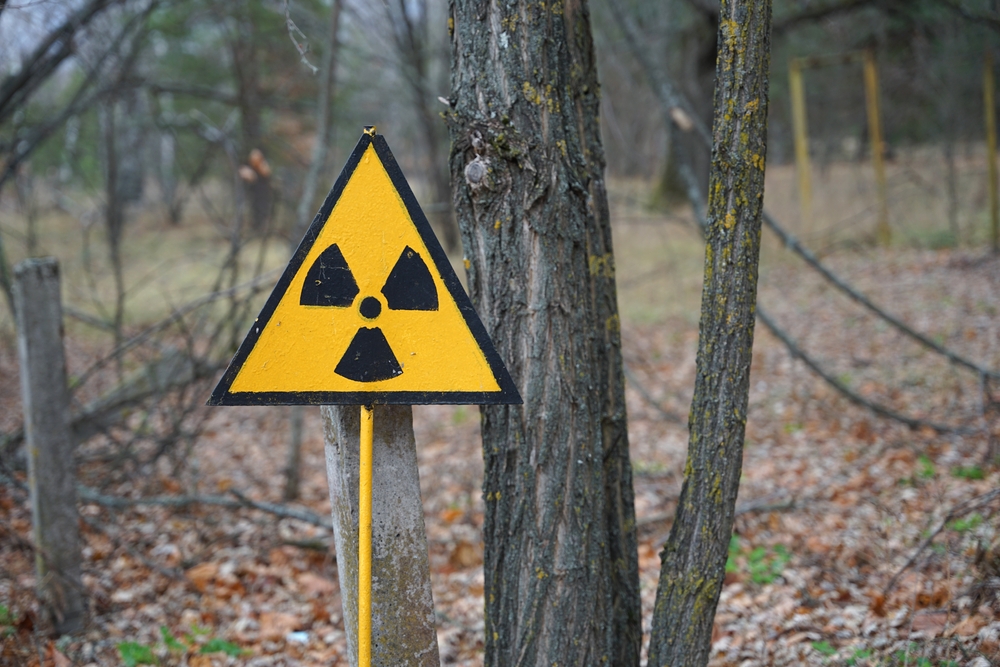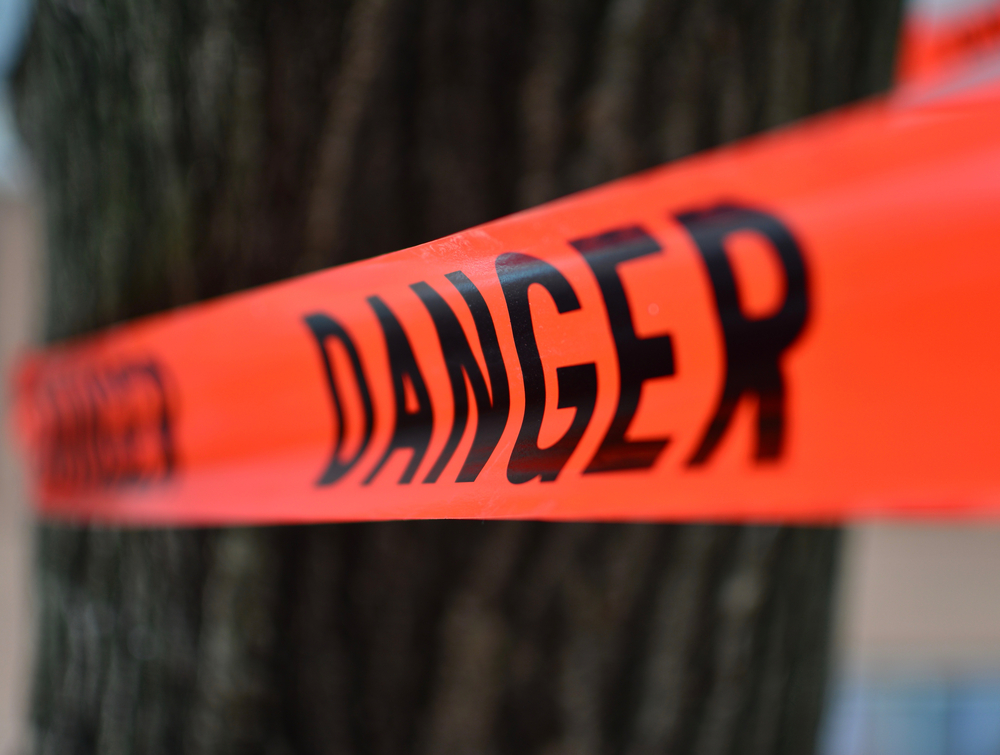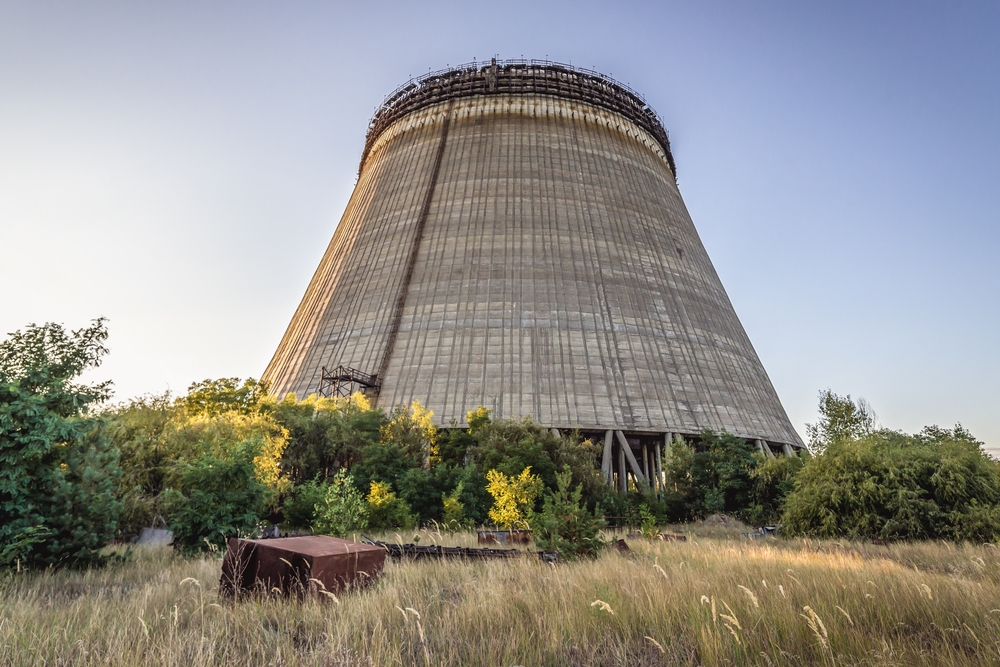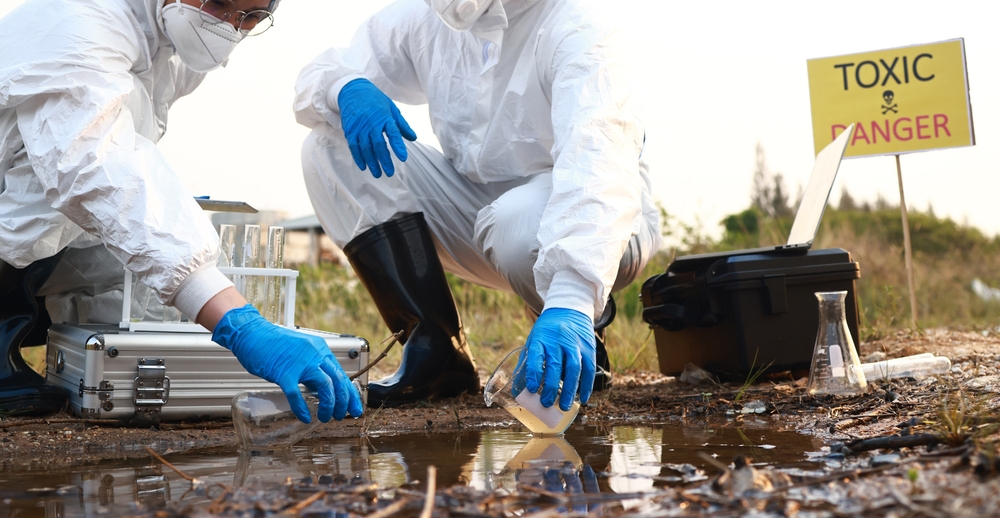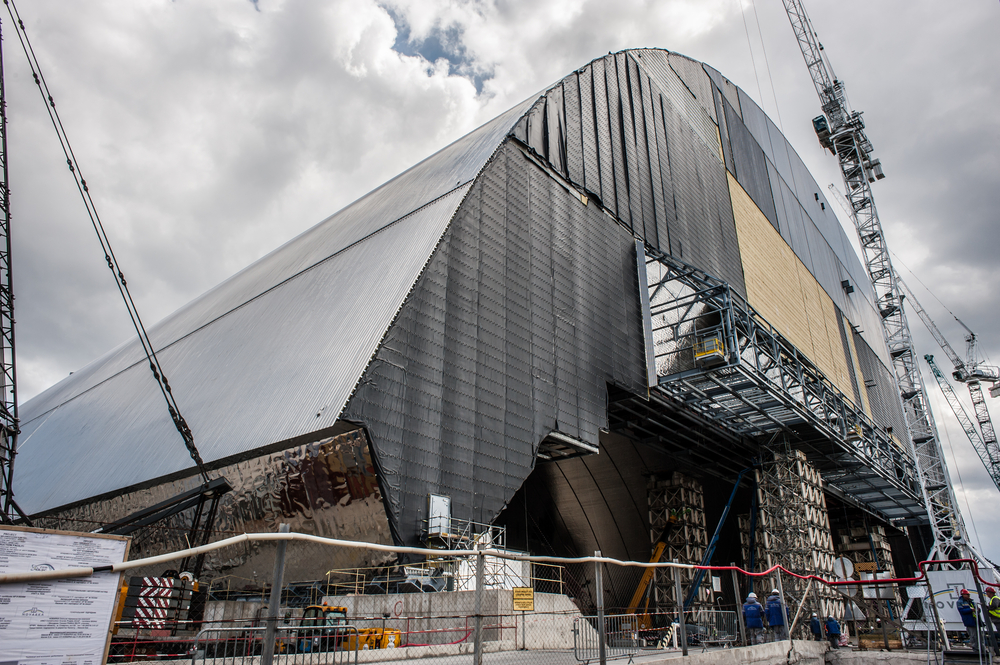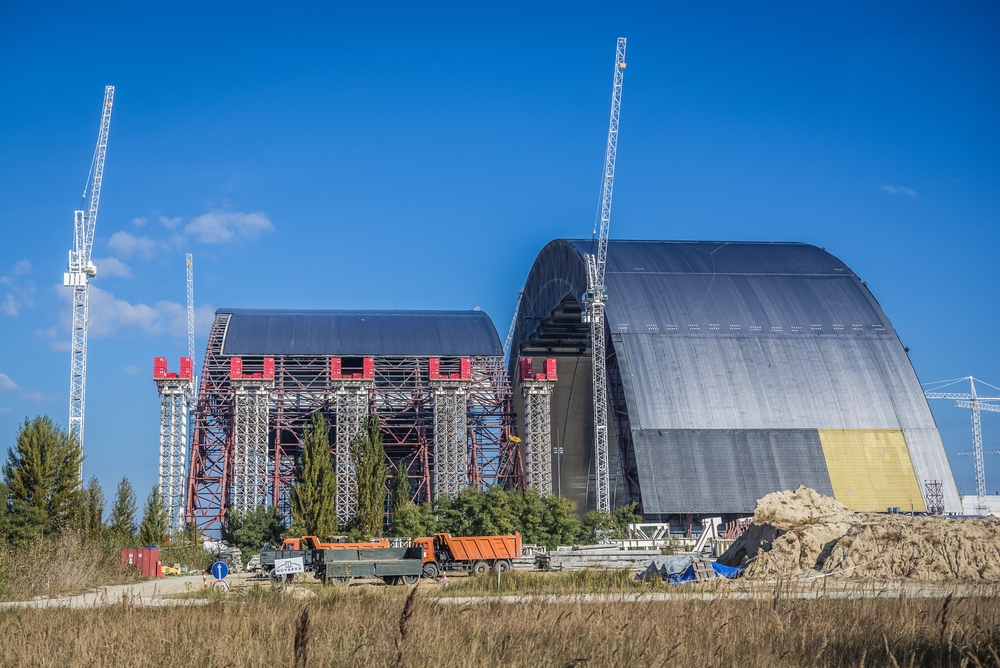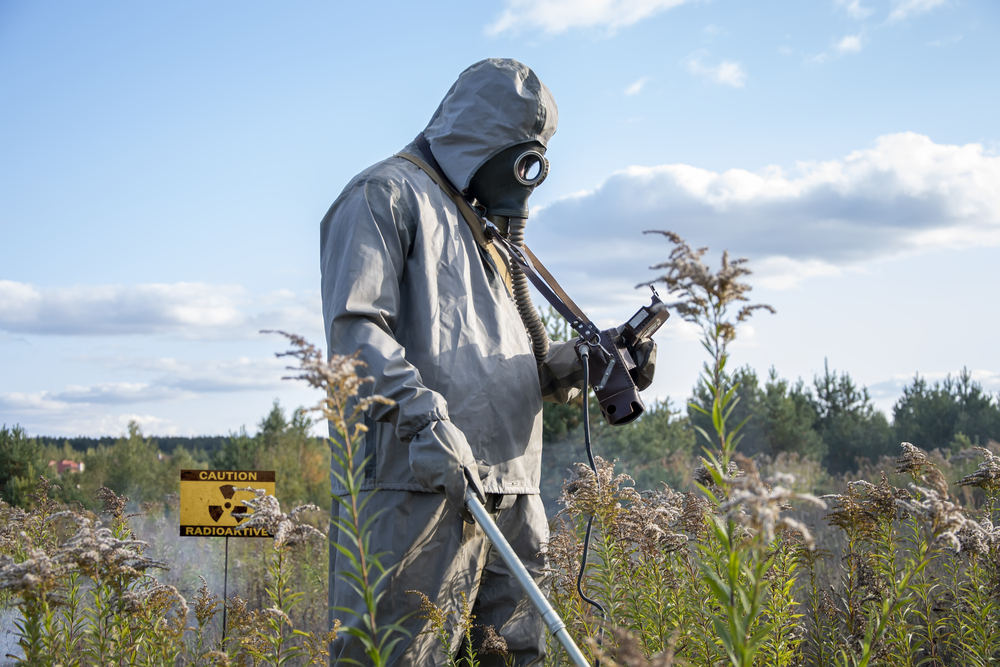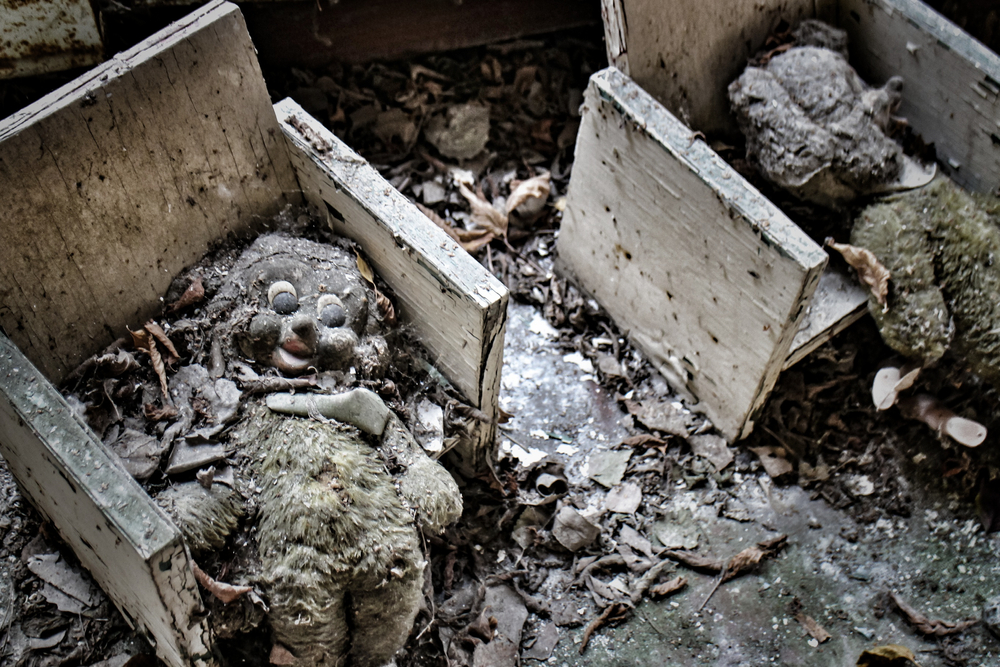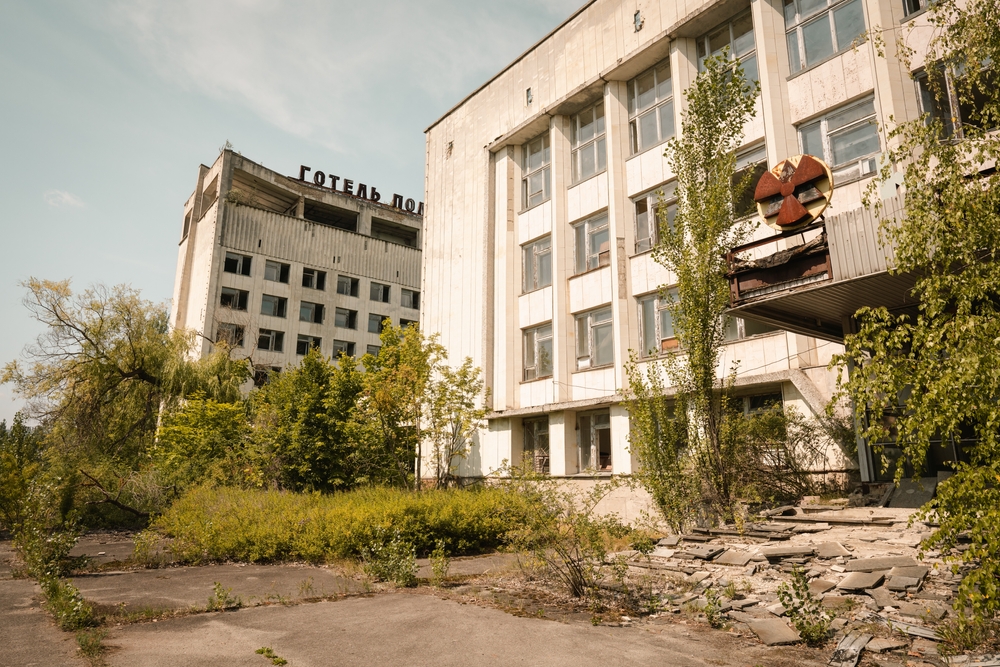A Deadly Discovery
In 1986, eight months after the catastrophic nuclear accident at Chernobyl, workers discovered a startling phenomenon that has since been named one of the most dangerous discoveries in the world.
Nearly four decades later, the extremely hazardous discovery remains just as deadly as when it was first discovered.
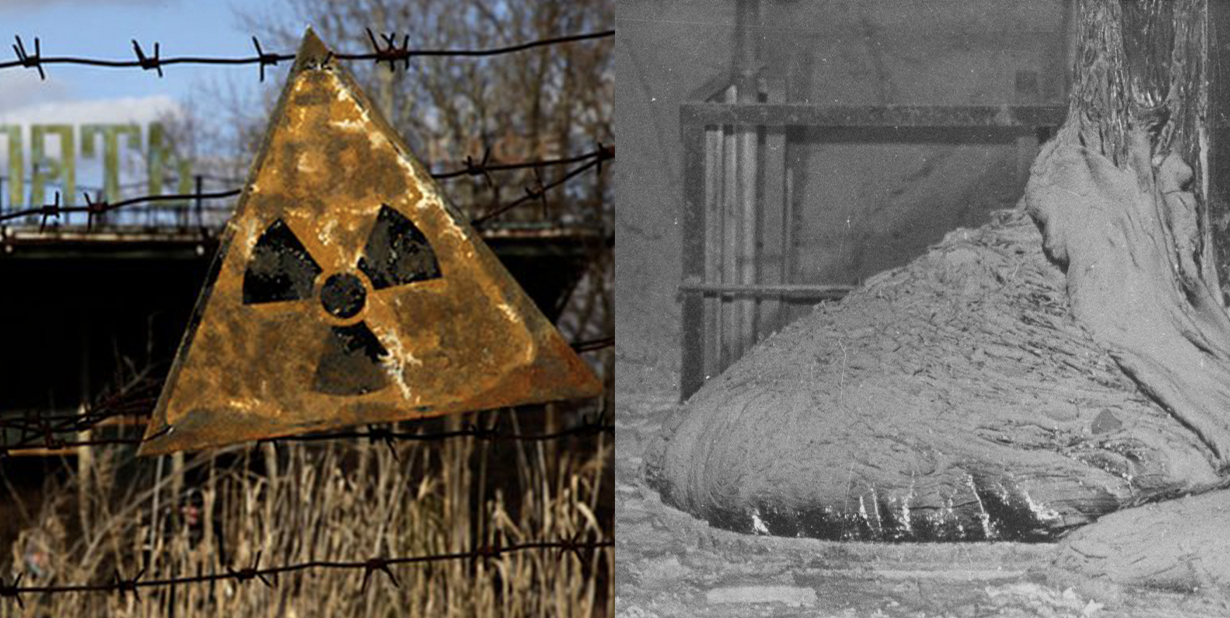
What is it?
“The Elephant's Foot” is the nickname given to a large mass of corium and other materials formed underneath the Chernobyl Nuclear Power Plant, near Pripyat, Ukraine.
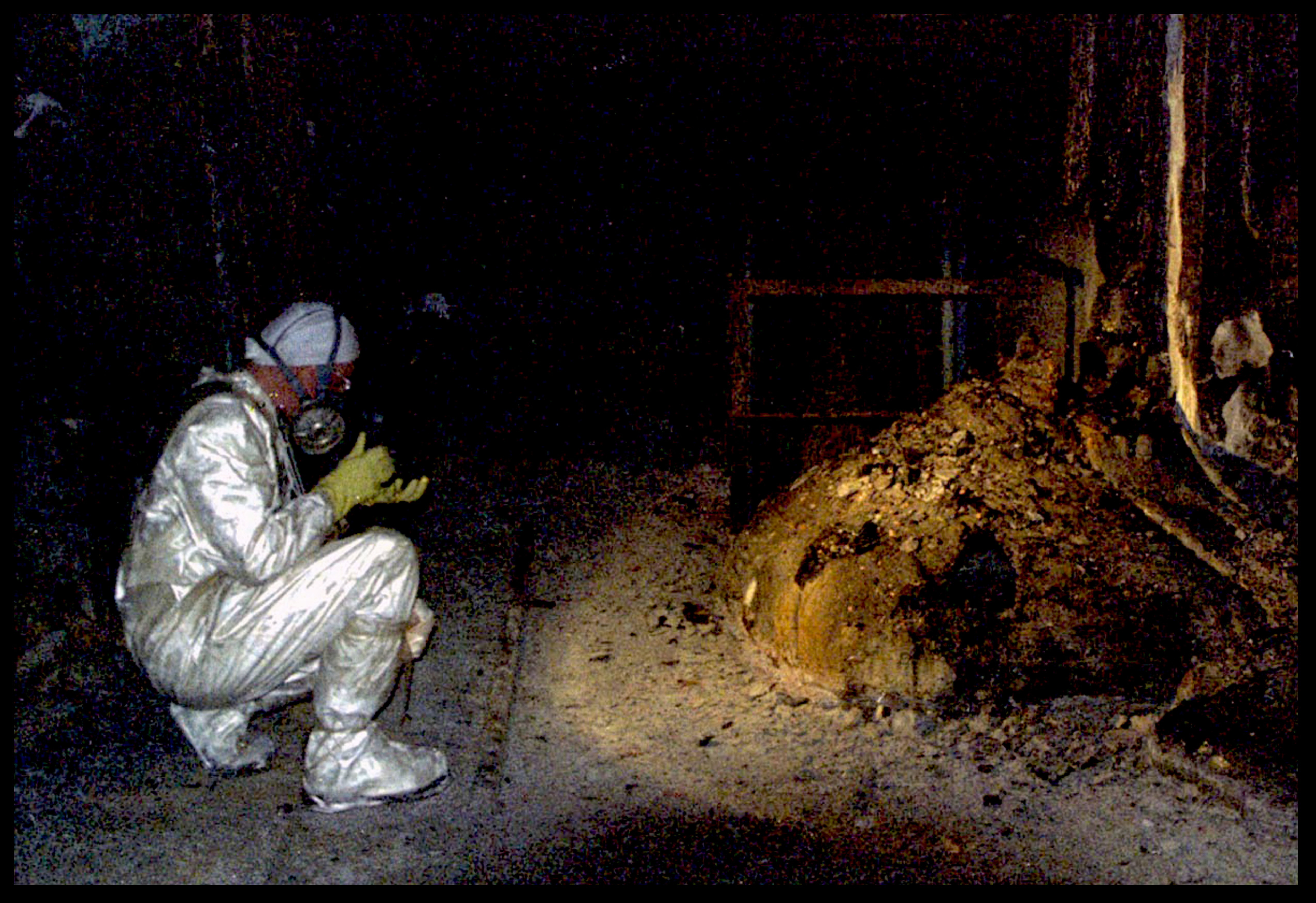 Universal History Archive, Getty Images
Universal History Archive, Getty Images
When was it formed?
It was formed during the Chernobyl disaster of April 1986, when a nuclear power plant reactor exploded—causing the worst nuclear disaster in history.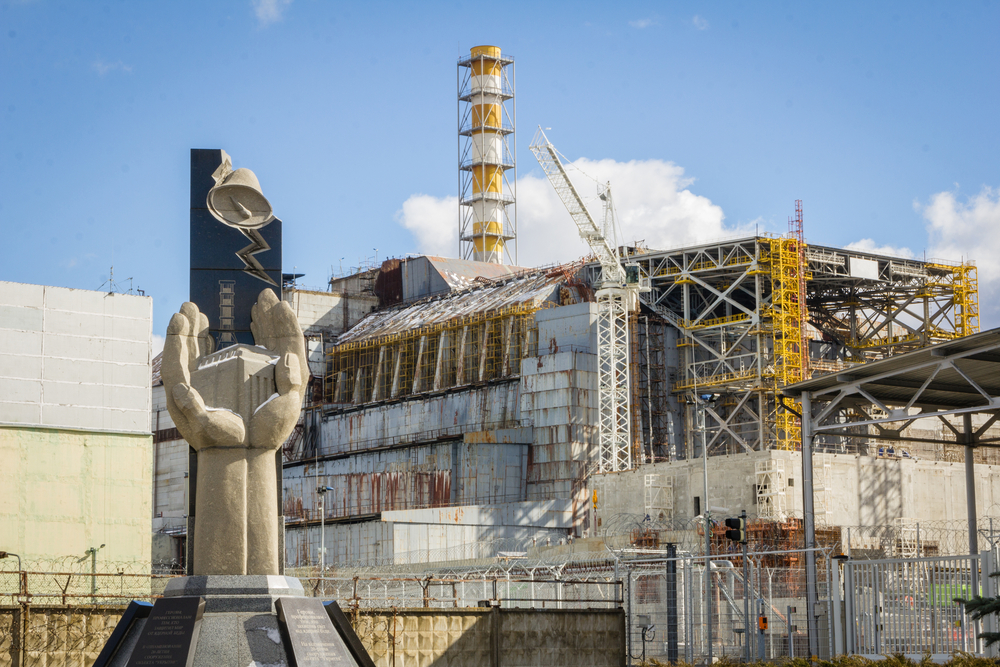 Eight Photo, Shutterstock
Eight Photo, Shutterstock
Why is it called an Elephant’s Foot?
Chernobyl’s Elephant’s Foot is named for its wrinkly appearance, reminiscent of the foot of a large elephant.
What does it look like?
The Elephant's Foot is a mass of black corium—a lava-like mixture of molten core material—with many layers, that looks like tree bark and glass.
How big was it?
The Elephant Foot was estimated to weight 2.2 tons (2 metric tons). It also contains materials from the reactor itself, and components of the plant such as concrete and metal.
What is it made of?
The Elephant's Foot is a solidified corium glass composed primarily of silicon dioxide, with traces of dissolved uranium, titanium, zirconium, magnesium and graphite.
 Graphic_TMI-2_Core_End-State_Configuration.jpg, Wikimedia commons
Graphic_TMI-2_Core_End-State_Configuration.jpg, Wikimedia commons
What is corium?
Corium is a rare substance which is produced in a a nuclear accident when nuclear fuel and parts of the reactor core structures overheat and melt, forming a mixture.
Is corium common?
No. Corium has only formed naturally five times in history — once during the Three Mile Island accident in Pennsylvania in 1979, once at Chernobyl and three times at the Fukushima Daiichi plant disaster in Japan in 2011.
Where is it located?
The Elephant's Foot is located below the remains of the reactor, in the maintenance room (Room 217/2), 15 meters (49 ft) to the southeast of the ruined reactor and 6 meters (20 ft) below ground level.
How did it form?
During the Chernobyl disaster, the lava-like mixture escaped the reactor enclosure. The black lava flowed from the reactor core, similar to a human-made volcano.
What damage did it do?
The material making up the Elephant's Foot had burned through at least 2 meters (6.6 ft) of reinforced concrete, then flowed through pipes and fissures and down a hallway to reach its current location.
Is it radioactive?
Yes. Despite the distribution of uranium-bearing particles not being uniform, the radioactivity of the mass is evenly distributed.
How reactive was it?
At the time of its discovery, it was about 8,000-10,000 roentgens (a unit of measurement for the exposure of x-rays and gamma rays) or 80-100 grays per hour (the unit of ionizing radiation).
How does it give off radiation?
The Elephant's Foot gives off radiation mainly in the form of alpha particles. As of 2015, measurements of a piece taken from the Elephant's Foot indicated radioactivity levels of roughly 2,500 Bq (.0675 µCi).
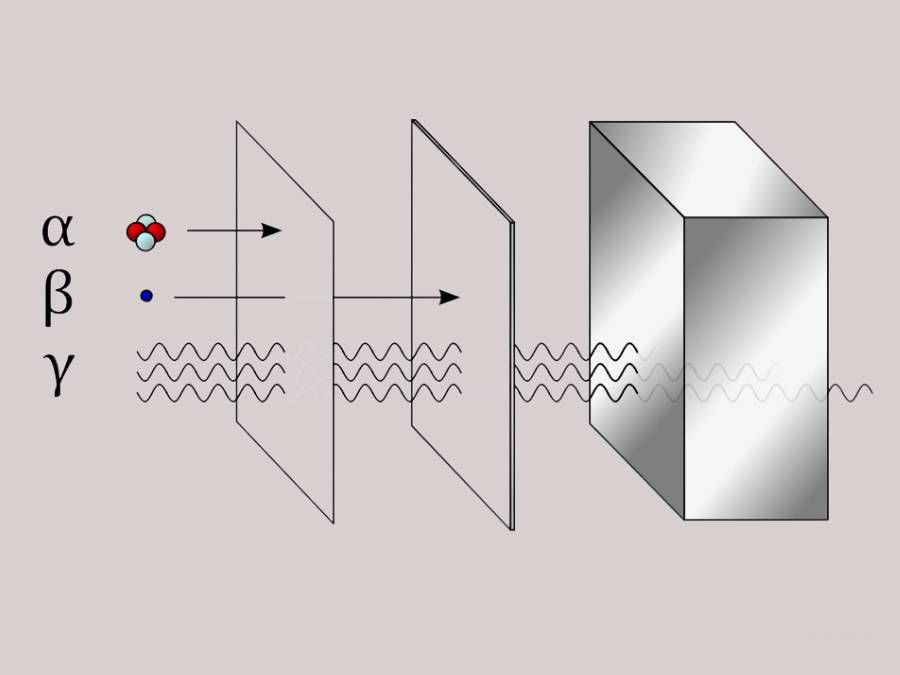 File:Alfa beta gamma radiation penetration.svg, Wikimedia Commons
File:Alfa beta gamma radiation penetration.svg, Wikimedia Commons
Is the radioactivity lethal?
At the time of the discovery, the Elephant’s Foot was delivering a 50-50 lethal dose of radiation (4.5 grays) within five minutes of exposure.
Does the radioactivity reduce over time?
Yes. Over time the radiation intensity declined significantly, and in 1996 Artur Korneyev, the deputy director of the New Safe Confinement Project, was able to visit the Elephant Foot briefly and take photographs.
How dangerous is this?
While alpha radiation is ordinarily unable to penetrate the skin, it is the most damaging form of radiation when radioactive particles are inhaled or ingested.
How does this affect people long after the initial formation?
This raised concerns as samples of material from the meltdown (including the Elephant's Foot) turn to dust and become aerosols (droplets in the air).
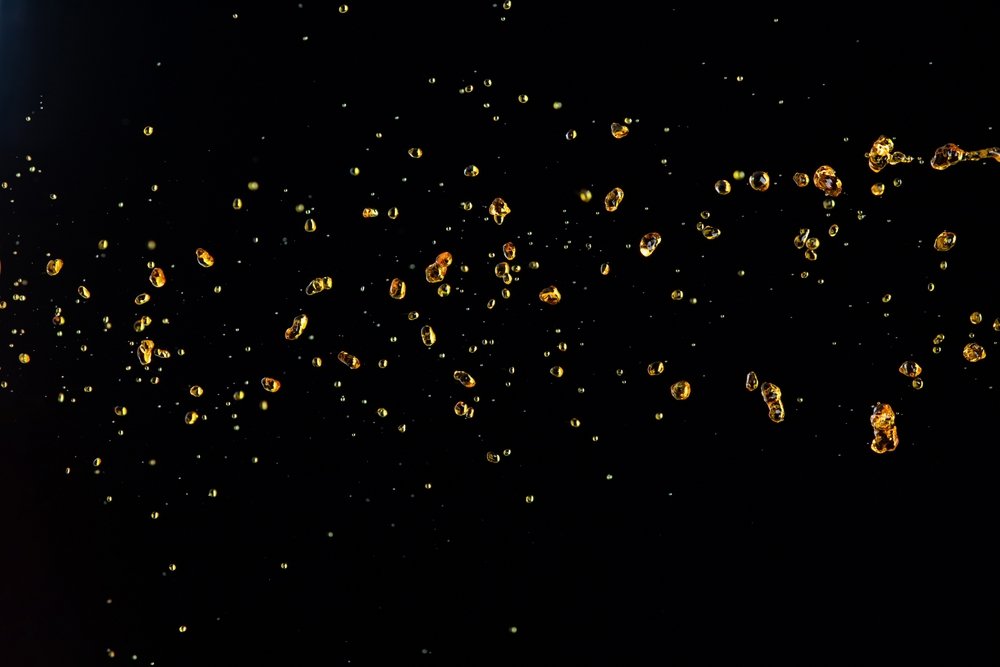 Jade ThaiCatwalk, Shutterstock
Jade ThaiCatwalk, Shutterstock
Was it scientifically tested?
The mass was quite dense and it was challenging to collect samples for analysis using a drill mounted on a remote-controlled trolley. Armor-piercing rounds fired from an AK-47 were necessary to break off usable chunks.
What happens to it over time?
By 1998, the outer layers had started turning to dust and the mass had started to crack. The radioactive components were starting to break down to a point where the integrity of the mass was failing.
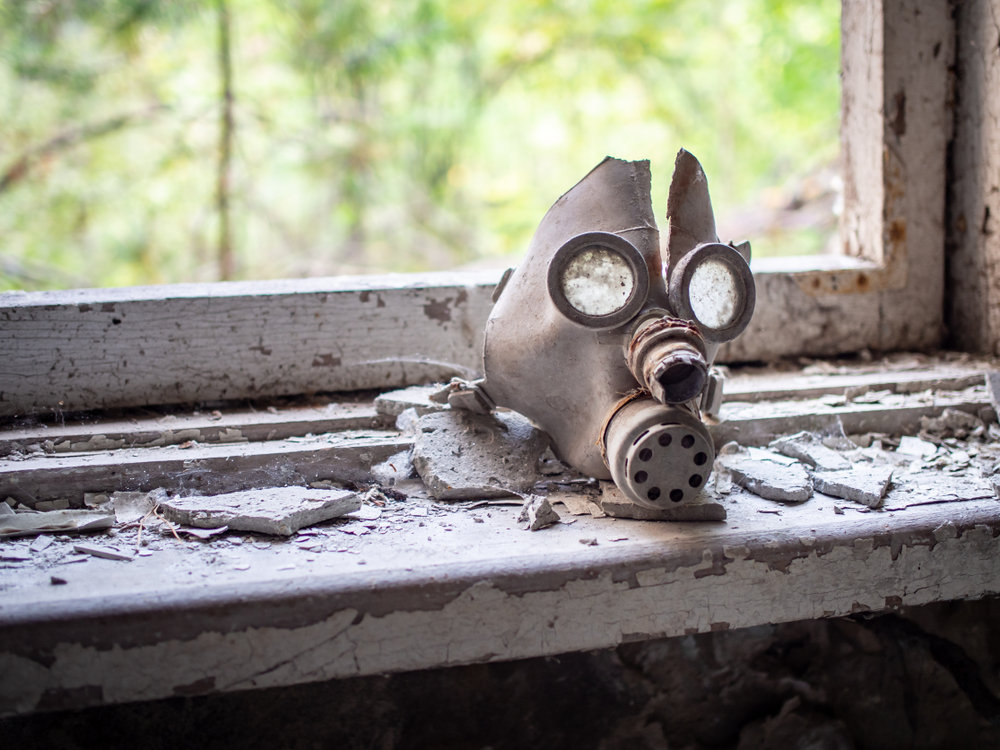 Roman Belogorodov, Shutterstock
Roman Belogorodov, Shutterstock
What does it turn into?
Over time, the mass continued to disintegrate. By 2021, the mass was described as having a consistency similar to sand.
 Jade ThaiCatwalk, Shutterstock
Jade ThaiCatwalk, Shutterstock
How dangerous is the Elephant Foot?
The Elephant Foot is particularly dangerous because it is difficult to handle, package, and store. Generally, corium is more hazardous than undamaged spent fuel because of its unstable state.
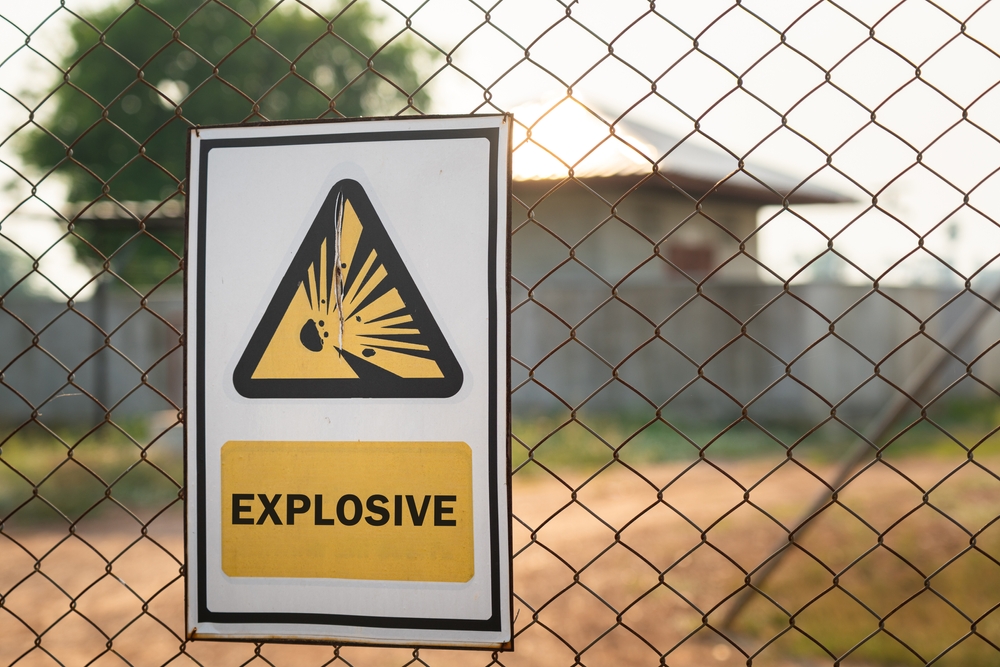 Nattawit Khomsanit, Shutterstock
Nattawit Khomsanit, Shutterstock
Is it still dangerously radioactive today?
Yes. Corium retains highly radioactive fission products, plutonium, and core materials that have become radioactive, it will have a high dose rate and remain extremely hazardous many decades or even centuries later.
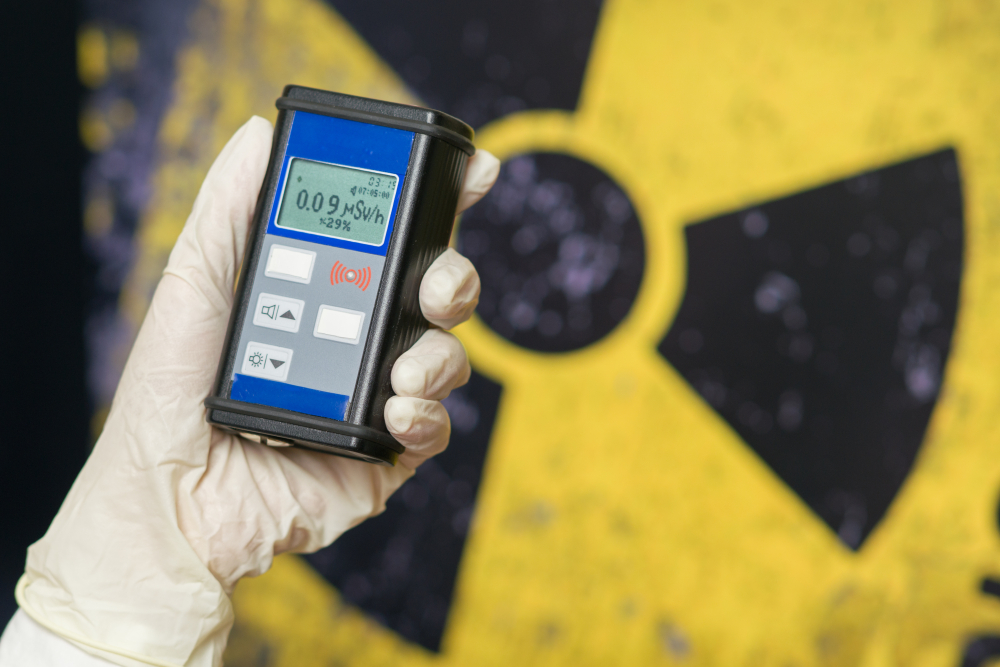 Egoreichenkov Evgenii, Shutterstock
Egoreichenkov Evgenii, Shutterstock
Can it be removed?
Very hard solidified corium would have to be broken up to remove it from damaged reactors. Breaking up the Elephant Foot will create radioactive dust and increase hazards to workers, as well as the environment.
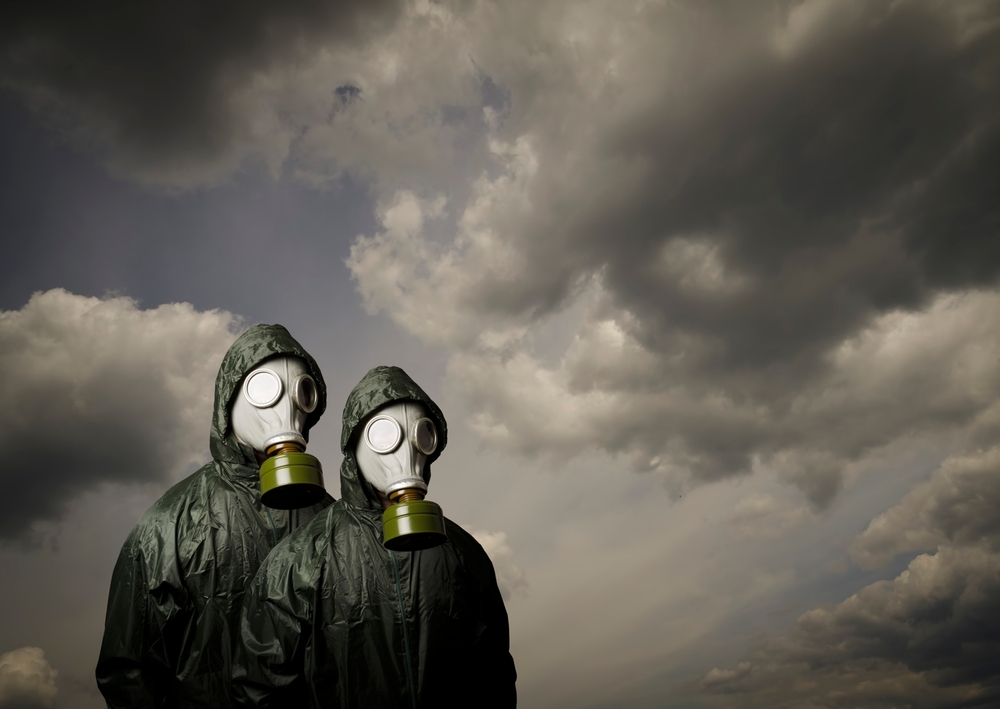 Marijus Auruskevicius, Shutterstock
Marijus Auruskevicius, Shutterstock
What is known and unknown?
Scientists are unsure how corium might behave over long-term, if it is stored in a nuclear waste repository. What they do know is that it is cooling on its own, and will continue to cool over time—though is continued to remain highly radioactive.
What more could happen with the Elephant’s Foot?
The Elephant’s Foot is still melting into the base of the Chernobyl Nuclear Power Plant. It is said that if it hits ground water, it could trigger another catastrophic explosion or leach radioactive material into the water nearby—that residents drink.
What preventions have been taken?
In 2016, the New Safe Confinement (NSC) was placed over Chernobyl to prevent any more radiation leaks from the nuclear power plant.
Another steel structure was built within the containment shield to support the decaying concrete sarcophagus in Chernobyl's reactor No. 4.
What is the New Safe Confinement?
Chernobyl’s New Safe Confinement (NSC) is a design and construction project unprecedented in the history of engineering. Never before has such a huge structure been constructed at a heavily contaminated site.
What was its purpose?
The New Safe Confinement was created to help prevent a massive cloud of uranium dust from dispersing into the air in case of an explosion in room 305/2—which was directly under the reactor core and had been showing signs of increased neutron emissions since 2016.
Can people visit the Elephant Foot today?
Absolutely not. The Elephant Foot remains an extremely dangerous site, and is said to be one of the most dangerous objects in the world.
Final Thoughts
Long after the initial disaster, this unique piece of waste continues to be a testament to the potential dangers of nuclear power.
The Elephant’s Foot will remain untouchable in the dark basement of a concrete and steel structure for centuries to come.

